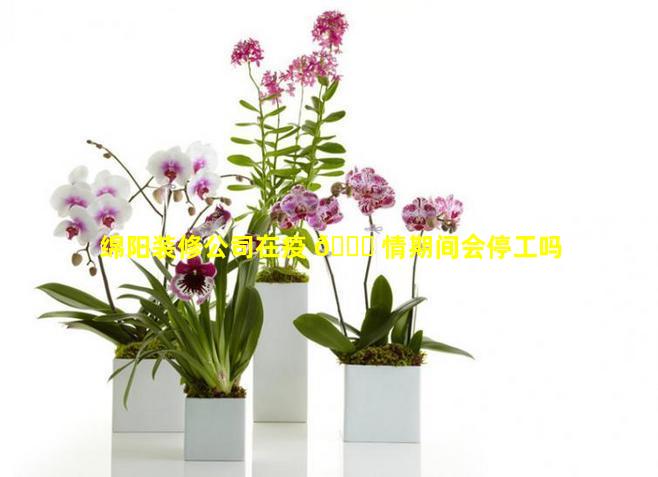装修公司开在仓库是否合适及原因探讨
- 作者: 李皙宁
- 来源: 投稿
- 2024-11-05
1、装修公司开在仓库是否合适及原因探讨
装修公司开在仓库的合适性
优势:更低的租金:仓库通常比商业区或住宅区租金更低,有助于降低运营成本。
充足的空间:仓库提供充足的空间,可用于存储材料、设备和展示样品。
便利的交通:仓库通常位于工业区或交通枢纽附近,便于客户和工作人员进出。
可定制性:仓库可以轻松定制以满足装修公司的特定需求,例如分区工作空间、创建展示区等。
劣势:缺乏可见度:仓库通常位于偏僻地区,缺乏来自路过的客户或行人的曝光度。
不适合客户会面:仓库的环境可能不太适合与客户会面或进行咨询。
美学限制:仓库的美学吸引力可能有限,影响客户对公司专业性的看法。
缺乏停车位:仓库通常没有足够的停车位,可能给客户和工作人员带来不便。
原因探讨适合装修公司的因素:
业务类型:如果装修公司主要从事商业或工业项目,仓库的环境将更合适。
客户群:如果装修公司的客户群主要是在线或远程,仓库的缺乏可见度就不会成为问题。
成本效益:如果成本是主要考虑因素,仓库的低租金和充足的空间可能是一个有吸引力的选择。
不适合装修公司的因素:
住宅项目:如果装修公司主要从事住宅项目,仓库的缺乏可见度和不适合客户会面的空间将是一个问题。
客户体验:如果装修公司重视客户体验,仓库的不雅观或缺乏便利设施可能会影响客户满意度。
市场定位:如果装修公司希望被视为高端或专业,仓库的环境可能并不合适。
结论最终,装修公司开在仓库是否合适取决于公司的特定需求和目标市场。如果成本效益、充足的空间和可定制性是优先考虑的事项,那么仓库可能是一个可行的选择。缺乏可见度、不适合客户会面和美学限制等劣势也需要仔细考虑。
2、装修公司仓库管理员工作内容
装修公司仓库管理员工作内容
职责:仓库管理:
维持仓库的井然有序,确保物品安全存放和易于检索。
监督仓库运作,包括收货、拣货、包装和配送。
库存管理:跟踪和管理仓库中的所有库存,包括原材料、产品和设备。
进行定期盘点,核对库存准确性并识别差异。
协调库存补货,确保必要的物品有充足的库存。
收货和质检:接收和检查进货,核对数量、质量和完整性。
报告任何损坏、短缺或错误。
拣货和包装:根据订单要求拣选物品,确保准确性和完整性。
正确包装物品,以防止损坏和确保安全配送。
配送和物流:协调物品配送,安排车辆和人员。
跟踪配送状态,确保准时和安全交付。
客户服务:处理客户有关订单、库存和配送的询问。
解决客户问题并提供及时的解决方案。
其他职责:采购原材料和用品。
参与仓库改进计划。
遵守公司安全和环境法规。
协助其他部门,如采购和销售。

3、装修公司仓库分类摆放图片
1. Decorative materials: Mainly used for indoor and outdoor decoration materials, including wallpaper, floor, wall tiles, floor tiles, etc. These materials are characterized by large volume and complete specifications.
2. Hardware materials: Mainly used for construction and installation, including various hardware accessories, electrical materials, etc. The characteristics of this type of material are small volume and high value, which require careful handling.
3. Building materials: Mainly used for basic construction work, such as cement, sand, stone, etc. The characteristics of this type of material are large volume and low value, which require multiple uses in order to maximize their utilization rate.
4. Sanitary ware: Mainly used for toilet and bathroom works, such as bathroom cabinets, toilets, sinks, faucets, etc. These materials are characterized by good impermeability, corrosion resistance and wear resistance, and are mainly used for household use.
5. Wood products: Mainly used for furniture making and indoor decoration materials, such as plywood, solid wood, boards, etc. The characteristics of this type of material are easy to process and easy to shape, and have a unique natural texture.
6. Plastic products: Mainly used for construction and installation, such as plastic pipes, plastic windows, plastic boards, etc. The characteristics of this type of material are light, durable, corrosionresistant and easy to install, so they are often used in electrical, water supply and other construction fields.
7. Metal materials: Mainly used for construction and decoration, such as iron, steel, aluminum, etc. These materials are characterized by good strength, long service life and high value, which can be used for indoor and outdoor decoration.
8. Glass materials: Mainly used for interior and exterior decoration, such as glass doors, glass windows, glass tiles, etc. This type of material has high permeability, corrosion resistance and temperature resistance, and can be used as decoration in many occasions.
9. Insulation materials: Mainly used for insulation, such as insulation cotton, heat preservation materials, sound insulation materials, etc. The characteristics of this type of material are fireproof, heat insulation, sound insulation, and moistureproof.
10. Other materials: Refers to some materials that do not belong to the above categories, such as carpets, curtains, etc. These materials are often used for soft clothing and decoration, and are less common in decoration company warehouses.
By classifying the materials, we can clearly understand the different types of materials and their characteristics. In the actual storage process, we can arrange different categories of materials together according to their respective characteristics, so as to better organize the materials and improve the utilization rate.
In addition to classification, we can also implement scientific management from the following aspects:
First, summarize the types of materials used by the company and the quantity of each type of material;
Second, determine the storage capacity of the warehouse and divide the warehouse into different areas according to the type of material;
Thirdly, formulate a unified management system to specify the storage position and usage method of each type of material, and be responsible for the management and storage of the materials.
Through the implementation of the above scientific management methods, we can effectively improve the storage efficiency of decoration company warehouses and reduce the waste of materials.
4、装修公司适合开在什么位置
交通便利靠近主要交通干线,如高速公路或高架桥
靠近公交车站或地铁站
地理位置醒目,容易被潜在客户发现
周围有相关行业位于建筑材料市场、家具城或家居卖场附近
与房地产中介或建筑公司建立合作关系
附近有样板房或装修案例可供展示
目标客户群考察目标客户群的分布区域
选择靠近住宅区或新开发区域的位置
考虑附近是否有大型工程项目或政府规划的旧城改造项目
竞争对手分析周边地区的竞争对手情况
选择一个与竞争对手错位的位置,避免直接竞争
考虑差异化定位,如专注于特定风格或细分市场
其他因素租金水平:装修公司通常需要较大的空间,租金是重要的考虑因素。
停车位:方便客户和员工停车很重要。
地段形象:地段的整体形象应该与装修公司的品牌定位相符。
规划政策:了解当地的规划政策,确保装修公司符合相关规定。
长远规划:考虑地段未来的发展潜力,避免被周边环境变化影响。
具体位置建议商业区:交通便利,周围有相关行业和目标客户群。
住宅区:靠近潜在客户群,展示装修案例和提供上门服务。
建材市场:材料选择丰富,方便采购和运输。
交通枢纽:满足客户和员工的交通需求。
大型工程项目附近:抓住商机,参与大型项目装修。




